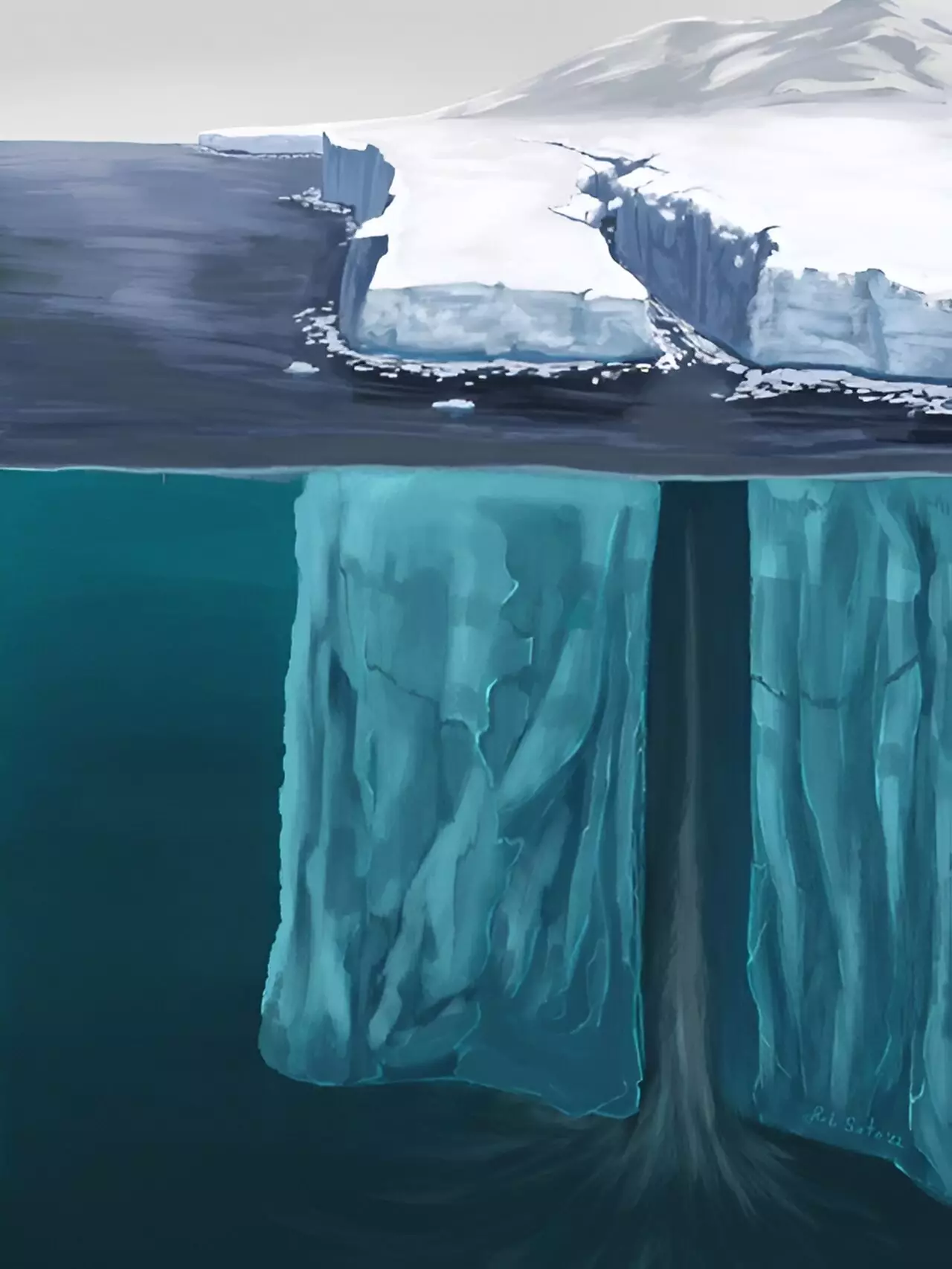The potential impact of Greenland and Antarctic glaciers melting on global sea levels is a significant concern. The process by which glaciers fracture and break apart is crucial in determining the rate at which sea levels will rise in the future. A recent study conducted by researchers at the University of Washington sheds light on the physics behind glacier fracture, particularly focusing on the Pine Island Glacier in Antarctica.
One of the most striking findings of the study was the rapid formation of a 6.5-mile crack in the Pine Island Glacier in 2012. This crack developed in a mere five and a half minutes, with the rift opening at a speed of about 115 feet per second or approximately 80 miles per hour. According to lead author Stephanie Olinger, this event is the fastest rift-opening ever observed, highlighting the dynamic nature of glacier fracture processes.
Ice shelves play a crucial role in stabilizing the Antarctic ice sheet. When ice shelves break up, the glaciers behind them accelerate significantly, leading to increased calving of icebergs into the sea. The formation of rifts in ice shelves is a precursor to calving events, with the recent study emphasizing the importance of monitoring and understanding these processes to make accurate projections of sea-level rise in the future.
Seawater Influence
The study also delved into the role of seawater in slowing down the spread of rifts in glaciers. Seawater present in the cracks helps to maintain the opening against the forces of the glacier, with its viscosity, surface tension, and mass contributing to the slowing down of the rift’s progression. Understanding the interplay between glacier ice and seawater is essential in building physics-based models to predict future sea-level rise accurately.
Implications for Ice Sheet Models
The findings of the research have significant implications for large-scale ice sheet models and projections of sea-level rise. By gaining a better understanding of the various processes that determine ice shelf stability, researchers can improve the accuracy of their predictions regarding the future behavior of glaciers and their impact on global sea levels. Collaborative efforts involving experts in earth and space sciences are essential in advancing our knowledge in this field.
The study on glacier fracture physics at the Pine Island Glacier provides valuable insights into the complex processes that govern ice shelf stability and sea-level rise. By unraveling the mechanisms behind rapid rift formation and the role of seawater in glacier fracture, researchers are taking important steps towards developing more accurate models for predicting the future behavior of glaciers and their impact on our planet’s oceans.


Leave a Reply